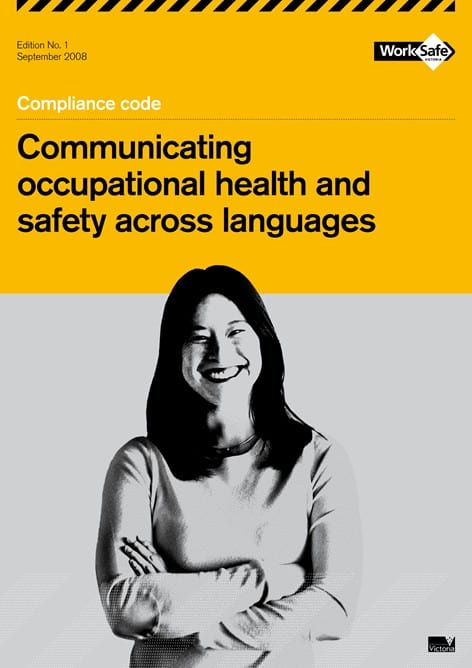For the first time in many years, I will not be able to attend the local service for the Workers’ Memorial Day on 28 April 2009. I will be attending the Safe Work Australia Awards in Canberra which, coincidentally, is on the same day. I hope that the award ceremony includes a minute’s silence to remember those who have died at work.
Recently the San Francisco Labor Council passed a resolution in support of Workers’ Memorial Day. It provided several good reasons why trade unionists and, I would say, OHS professionals, should support this day. Below is part of the resolution
Whereas, April 28, 2009 is an international day of commemoration for injured workers and workers killed on the job; and
Whereas, the elimination of all doctors at Ca-OSHA has threatened the health and safety protection of California’s 17 million workers; and
Whereas, the introduction of new technology such as biotech and nanotechnology without proper oversight can and has become a threat to workers and our communities; and
Whereas, the deregulation of workers compensation has harmed injured workers and their families in California and throughout the country; and
Whereas, many of these workers have been forced onto SSI, Disability Insurance and other state and local agencies to cover their healthcare costs which is cost-shifting; and
Whereas, senior workers in many industries have been forced into retirement due to their disabilities on the job and discrimination against them due to their disabilities and age including at the US Post Office and other industries; and
Whereas, all working people and their families whether working or injured are entitled to full healthcare,
Therefore be it resolved the San Francisco Labor Council endorses and supports a Workers Memorial Day event on April 28, 2009 in San Francisco at ILWU Local 34 and encourages it’s affiliates to publicize and participate in this California Coalition for Workers Memorial Day (CCWMD)
It is a lesson for other unions and organisations that such a day does not deal with localised industrial relations disputes and can be a platform for improvement in the quality of life of workers by calling for
- increased enforcement and policy resources;
- caution over emerging hazards;
- reassessment of deregulation;
- insurance and healthcare improvements; and
- appealing early retirements due to illness and injury.
I urge OHS professionals to seek out your local commemorations and participate. The more people attend, the more government will realise the seriousness of the issue. More importantly, the services remind us why we entered this profession in the first place and, just maybe, how we have made a difference.

